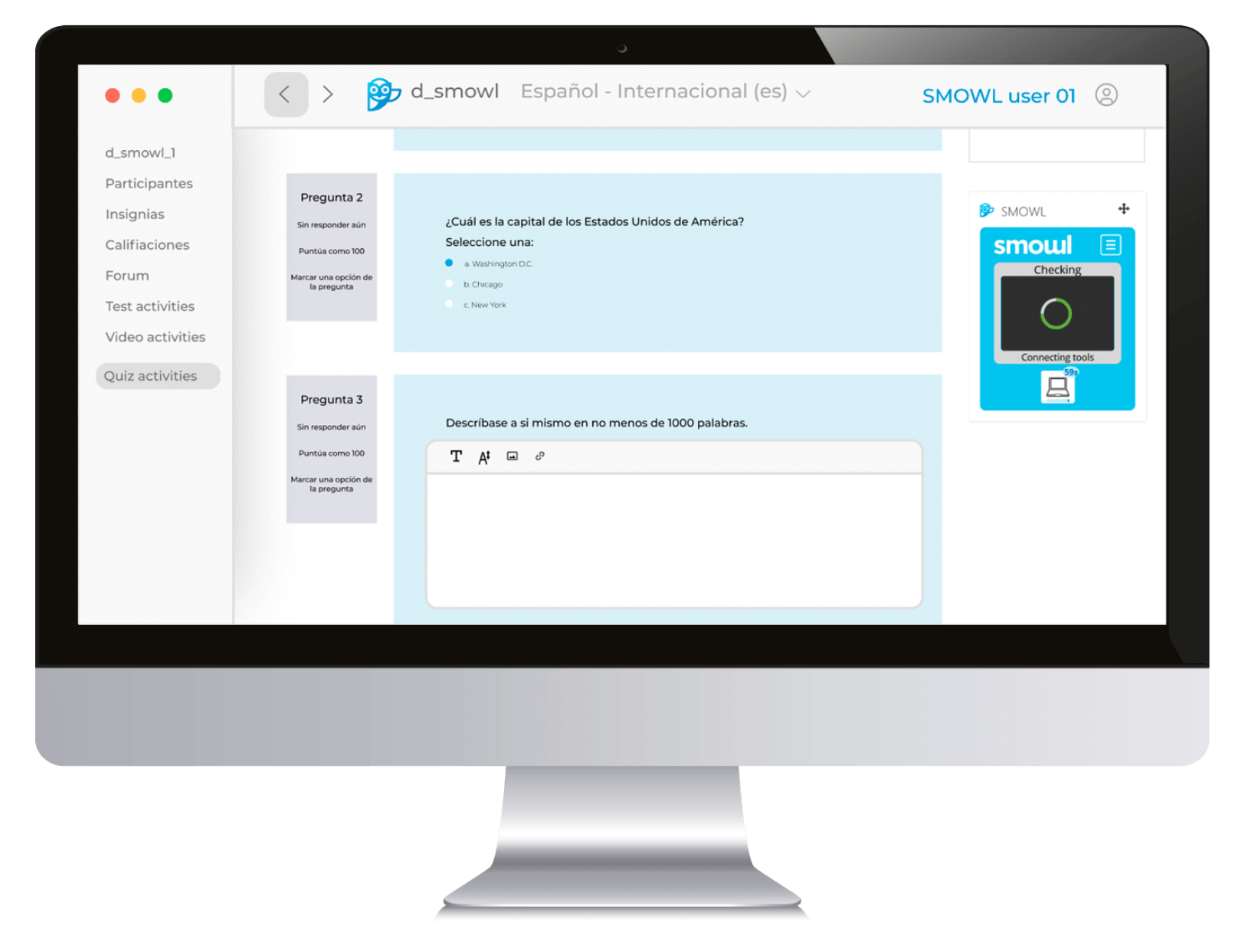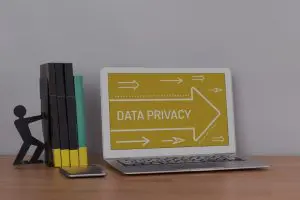Cooperative learning is a strategy that involves group work and encourages students’ interest in learning.
It helps students feel like an integral and necessary part of achieving the teacher’s objectives and it promotes greater responsibility towards learning and others.
To ensure success, proper preparation is necessary. This includes understanding the strategy, applying appropriate techniques and adopting suitable roles for both the teacher and the student.
What is cooperative learning?
Cooperative learning is an educational strategy that involves small groups working together to achieve a common goal.
Compared to competitive and traditional educational structures, cooperative learning leads to higher group performance and individual member success.
Experts suggest that cooperative learning is more effective than individualized systems because it improves:
- Motivation.
- Interaction among classmates.
- Information processing strategies.
- Communication.
- Cognitive and Interpersonal skills.
Additionally, this method eliminates the negative Pygmalion effect, which is when a teacher’s negative expectations towards a student end up being fulfilled if the student is aware of them.
Subscribe today to SMOWL’s weekly newsletter!
Discover the latest trends in eLearning, technology, and innovation, alongside experts in assessment and talent management. Stay informed about industry updates and get the information you need.
Simply fill out the form and stay up-to-date with everything relevant in our field.
5 essential components for cooperative learning
Cooperative learning requires the following five essential components to be successful.
Positive interdependence
The teacher should propose a clear objective to the group and emphasize that the efforts of each member benefit both themselves and the group.
Individual and group responsibility
Each person should take responsibility for completing their share of the work. This helps to avoid social loafing where team members do not contribute equally and some of them take advantage of the work of others.
Group responsibility also allows for individual evaluation of each student’s performance to determine who needs support. Each member benefits from the practice and becomes stronger.
Stimulative interaction
Stimulative interaction strengthens relationships among members as they promote each other’s success, offering help and congratulations and fostering social commitment.
Teaching interpersonal and group practices
The teacher should supply students with the necessary tools to achieve social integration and encourage them to function as a team.
Group evaluation
Group members should analyze how teamwork is developing and how they can improve their effectiveness in achieving their objectives.

Basic techniques of cooperative Learning
With these guidelines in mind, let’s explore some techniques you can use.
Jigsaw or puzzle
Each team member should be responsible for a part of the training material and become an expert. The team is divided into a core team and expert groups.
The core team consists of all team members, while the expert groups consist of experts in different parts of the objective.
Each core team member meets with counterpart experts from other teams and then returns to their team to pass on what they have learned.
Peer tutoring
This method involves pairing students, with one taking on the role of tutor and the other as the tutored student.
The student-tutor learns by teaching, while the student-tutored consolidates their learning through personalized assistance.
Constructive controversy
Generally, this method is developed in groups of four members who receive a complex topic.
The group is then split into pairs, with two members preparing a position in favor and two members preparing a position against.
After making their interventions, a constructive debate begins. This allows for the exchange of perspectives and the integration of better reasoning.

Group investigation
The teacher proposes a complex objective on a topic through a problem, a challenge, or a question.
Each team chooses subtopics or subgoals to achieve the objective, as if they were a scientific research team and proposes a work plan to the teacher.
After completing their part of the task, each team presents their findings to the rest of the teams and the teacher for evaluation.
Reciprocal teaching
Reciprocal teaching is used to share the cognitive load of the task among team members, helping them to better understand complex texts or problems.
Each team member takes on a specific role such as reading the text, summarizing it, asking questions, answering them, or making a conclusion.
Numbered Heads Together
Finally, Numbered Heads Together is typically done in groups of four students, with each member assigned a number from 1 to 4. The students work together as a team to solve a problem and ensure that all members understand the solution.
The teacher then calls out a number and the corresponding student explains how the team solved the problem.
The language used is accessible to a broad, general audience, and the text is free from grammatical errors, spelling mistakes, and punctuation errors.
The content of the improved text is as close as possible to the source text and no new aspects have been added.
This procedure encourages mutual pedagogical help and active participation.

Cooperative learning roles
Cooperative learning roles are determined by the technique used. Understanding these roles will help differentiate between cooperative and collaborative learning.
However, it is essential to highlight the teacher’s and students’ roles in cooperative learning.
The teacher’s role
Cooperative learning involves the teacher guiding students and assigning them specific roles, such as secretary, spokesperson, time organizer, or moderator.
The teacher plays a multifaceted and proactive role, ensuring that the components of good cooperation are in place:
- Positive interdependence.
- Individual responsibility.
- Personal interaction.
- Social integration.
- Group evaluation.
In collaborative learning, the teacher generally does not participate in the practice, providing the group greater autonomy.
Students’ role
The learner plays a direct, active, and interactive role in cooperative learning, which allows for more efficient and effective learning compared to individual learning.
This type of learning produces positive results for integrating people in the face of conflicts that may arise from ethnic, cultural and religious diversity in a heterogeneous student body.
New educational modalities, such as ubiquitous learning, require safe and accessible virtual environments that also facilitate cooperative learning.
At Smowltech, we have developed remote supervision solutions that will enhance your most innovative and effective teaching practices.
Check out our proctoring products and request a free demo to discover all the solutions we have for you.
Updated on
Download now!
8 interesting
facts
about proctoring
Discover everything you need about online proctoring in this book to know how to choose the best software.
Fill out the form and download the guide now.
And subscribe to the weekly SMOWL newsletter to get exclusive offers and promotions.
You will discover all the trends in eLearning, technology, innovation, and proctoring at the hands of evaluation and talent management experts.






